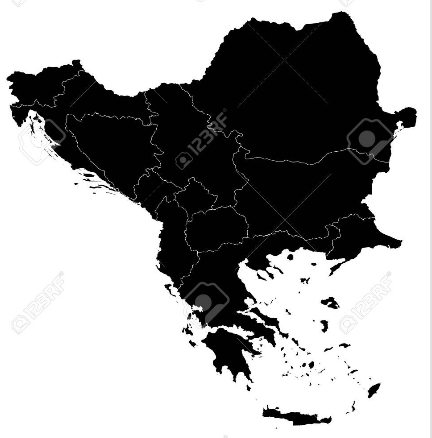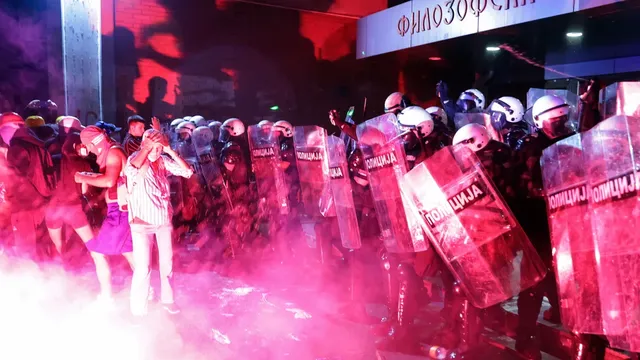The regime used dangerous gas during the protest in Novi Sad. This was reported by students from the Faculty of Natural Sciences and Mathematics in Novi Sad. They published the results of an independent laboratory and demanded an investigation into those responsible for the use of this gas - chloroacetophenone / CN/.
CN can be dangerous to the eyes, causing damage to the cornea, as well as to the lungs, as it is more toxic, which is why it has been banned in almost all countries. It was first synthesized in 1871 in Germany, Japan used it against the Chinese during the occupation of Taiwan in 1930, and then, due to its high toxicity, it was replaced by CS gas.
"Due to its high toxicity and serious health consequences, CN gas was completely replaced by CS gas in the 1970s, which became the standard means of crowd control in police practice and the military. Our message is clear: the use of CN gas is not a means of control, but of poisoning our own citizens," the students said in a statement.
For this reason, the students are calling for an investigation and criminal prosecution of "those who allowed the use of such a dangerous gas" and recommend that citizens and police officers use masks with filters, as only these provide protection against CN and CS gases.
"We are telling the members of the Ministry of Interior and all relevant authorities that we are ready to hand over some of the samples we have collected for further analysis. We are not afraid of the truth and we stand behind our results. Will you finally show courage and transparency, or will you continue to hide what the public has a right to know?" the students ask.
According to the students, after the protest and the use of force on September 5, police officers with flashlights collected fired containers of chemicals.
They added that because of this, it was decided to collect all available evidence in an organized manner, including the containers with fired chemical substances, so that they could be subjected to independent analysis and thus clarify whether ordinary tear gas was used or "other means with illegal and potentially dangerous purposes" had been used. Several dozen unmarked containers were collected, with some containers clearly showing traces of removed markings, the statement added.
They added that all analyses were performed using the same method used in all accredited laboratories worldwide, using gas chromatography with mass spectrometry (GC-MS).
During the protest on the evening of September 5, police brutally intervened against demonstrators on the campus of the University of Novi Sad, and in addition to the demonstrators, police officers were also seen vomiting after being exposed to tear gas.
The authorities in Belgrade rejected the students' claims. "The Ministry of the Interior categorically denies the allegations that have appeared in the public domain that the police in Novi Sad used so-called CN gas. The police do not possess such a thing and therefore cannot use it," said an official statement from the Interior Ministry in Belgrade. The police do not possess such a thing and therefore cannot use it," said an official statement from the Interior Ministry in Belgrade.
CN was banned by the UN in 1969. I BGNES

 Breaking news
Breaking news
 Europe
Europe
 Bulgaria
Bulgaria







